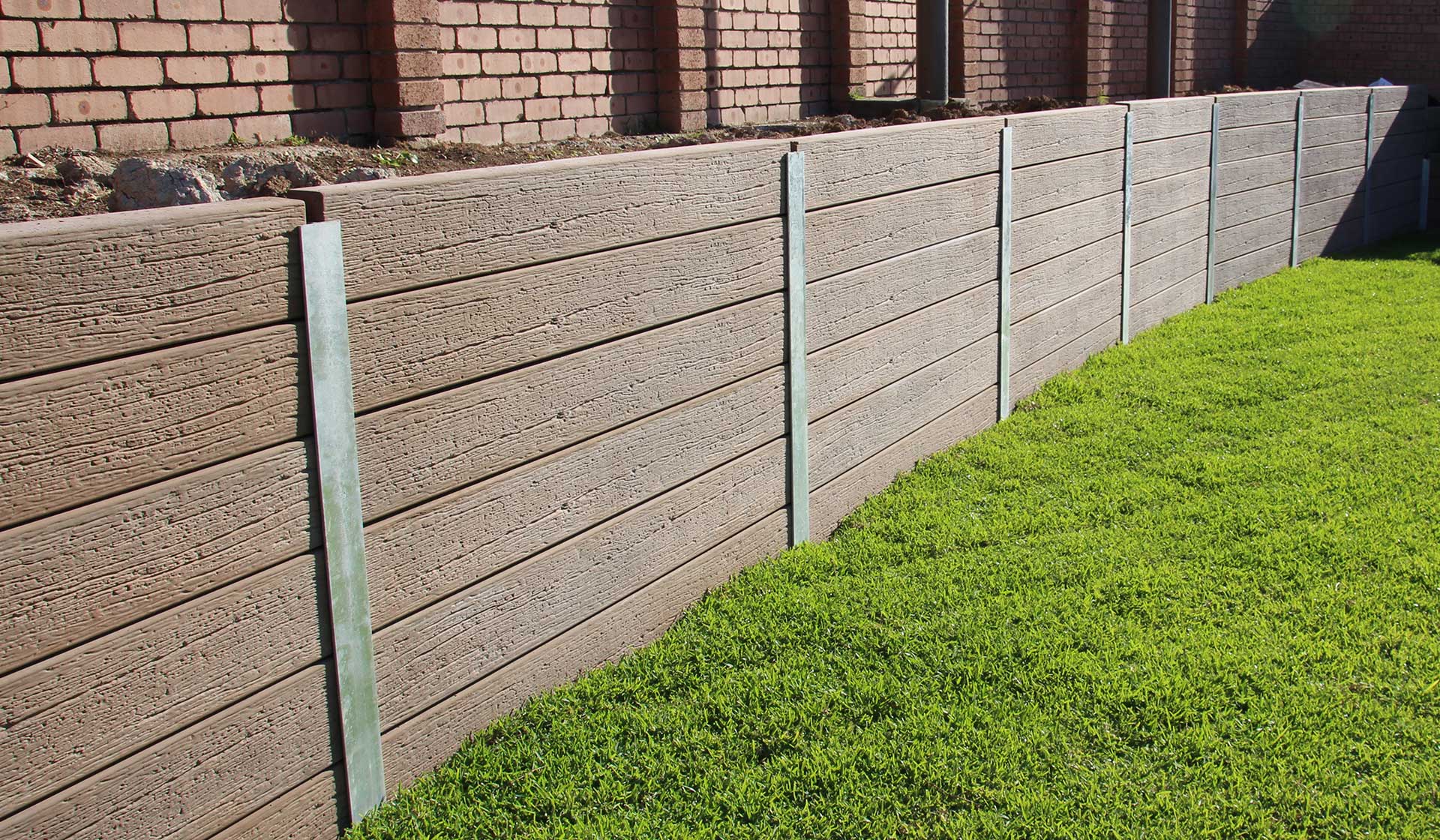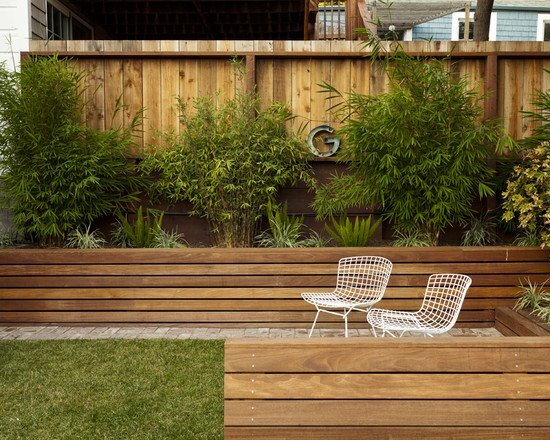Leading Benefits of Specialist Retaining Walls Sunshine Coast for Your Residential property
Leading Benefits of Specialist Retaining Walls Sunshine Coast for Your Residential property
Blog Article
Enhancing Residential Property Security: The Role of Retaining Walls in Soil Retention and Disintegration Control
In the world of property administration, keeping security and avoiding erosion are extremely important concerns for home proprietors and programmers alike. Preserving walls stand as silent guardians, playing a vital duty in dirt retention and erosion control. Their significance extends beyond mere structural support, affecting the total stability and longevity of a residential or commercial property. By checking out the nuances of different types, design considerations, construction techniques, and maintenance tips connected with keeping walls, a much deeper understanding of their crucial duty in boosting property security arises. The detailed dancing between engineering expertise and ecological consistency reveals a compelling narrative that emphasizes the indispensable nature of retaining wall surfaces in modern-day land administration.
Value of Retaining Walls in Stability
The value of maintaining walls in making certain stability within landscapes can not be overemphasized. Retaining wall surfaces play a crucial function in keeping back soil, stopping erosion, and producing level surfaces in sloped locations. By offering architectural support, maintaining wall surfaces help to rearrange side pressure triggered by dirt, protecting against landslides and slippage. In addition to boosting the visual appeal of a property, keeping wall surfaces add to the overall security and capability of exterior areas.
Retaining walls are especially vital in sloping or uneven terrains where soil erosion is a typical incident. Without appropriate assistance, dirt erosion can result in the degradation of landscapes, endangering the honesty of frameworks and posturing threats to inhabitants. Retaining walls act as barriers, stabilizing the dirt and preventing it from moving downhill during heavy rainfall or various other ecological stress factors.
Furthermore, retaining wall surfaces supply lasting advantages by decreasing maintenance prices connected with dirt erosion and land instability. By purchasing properly designed maintaining walls, homeowner can ensure the longevity and sustainability of their landscapes while promoting a safe and aesthetically appealing setting.

Kinds Of Retaining Walls for Erosion Control
Commonly made use of in landscape design and civil engineering tasks, different sorts of preserving walls work as effective solutions for disintegration control in diverse surface conditions. Gravity preserving walls are sturdy frameworks that count on their weight to stand up to the pressure of the dirt behind them. They are ideal for reduced to medium height applications and are generally constructed from concrete or stone. Cantilever preserving walls, on the various other hand, are developed with a thicker base and make use of a lever arm to hold up against the soil pressure. These walls are generally used in locations where space is limited.
For taller walls or where area is a restriction, anchored keeping walls are commonly utilized. When choosing the proper kind of preserving wall surface for erosion control, variables such as soil make-up, wall height, and site conditions must be very carefully taken into consideration to make certain durable security and efficiency.
Style Considerations for Soil Retention
Incorporating the concepts of architectural engineering and ecological sustainability is vital when taking into consideration style facets for reliable dirt retention services. When creating for soil retention, it is essential to examine the particular needs of the website, including soil make-up, water drain patterns, and slope straight from the source stability. The elevation and area of the maintaining wall surface are vital factors that affect the general style. Engineers have to likewise consider the stress applied by the kept dirt and prospective side lots to make sure the structure's security over time.
Additionally, the product selection for the keeping wall surface is essential in improving long life and performance. Concrete, hardwood, gabion baskets, and natural stone are common materials utilized in preserving wall building and construction, each with its distinct benefits and considerations. Appropriate water drainage mechanisms, such as weep holes and French drains pipes, should be incorporated right into the design to stop water accumulation behind the wall, which can cause architectural failing and erosion.
Building Strategies for Keeping Walls
When carrying out style factors to consider for reliable dirt retention, the building methods for maintaining walls play a critical role in making certain architectural honesty and lasting stability. One common technique is the gravity wall surface, which counts on the weight and mass of the wall surface itself to resist the pressure of the retained dirt.
One more commonly made use of building and construction method is the cantilevered wall surface, which utilizes a a knockout post concrete piece foundation that extends in reverse into the preserved dirt. This design provides additional stability and appropriates for tool to high preserving wall surfaces. For taller frameworks, strengthened dirt methods such as making use of geogrids or dirt nails can be used to improve the wall surface's stamina and security.

Upkeep Tips for Property Stability
To make certain long-lasting property stability, normal upkeep techniques are crucial for maintaining the stability of preventing and retaining wall surfaces disintegration concerns. Cleaning up the surface of the retaining wall surfaces can likewise help keep their architectural integrity by removing dust, debris, and vegetation that can deteriorate the wall over time.
In enhancement to visual inspections and cleansing, it is very important to check the water drainage systems connected with the keeping wall surfaces. Making sure that drains are free from obstructions and operating appropriately can prevent water build-up behind the wall surfaces, which can result in stress and possible failure. Appropriately working water drainage systems are important for taking care of water flow and reducing the threat of erosion.
Routinely preserving and checking preserving wall surfaces according to these ideas can extend their life-span and add to the general security of the residential property.
Conclusion
In final thought, preserving walls play a critical function in boosting residential or commercial property security by preventing soil erosion and preserving dirt in position. By using various sorts of keeping wall surfaces and check my source taking into consideration layout and construction techniques, homeowner can properly control erosion and maintain the stability of their land. Routine upkeep of preserving walls is vital to make sure lasting stability and security versus disintegration. Effectively created and maintained keeping wall surfaces are crucial elements in maintaining property stability.
For taller walls or where room is a restriction, secured keeping wall surfaces are frequently utilized. These wall surfaces utilize cable televisions or strips that are secured right into the soil or rock behind the wall to give extra support. When selecting the ideal kind of keeping wall surface for erosion control, factors such as dirt structure, wall surface height, and site conditions have to be very carefully thought about to ensure resilient stability and performance.
One typical strategy is the gravity wall, which counts on the weight and mass of the wall itself to stand up to the pressure of the retained soil. Cleaning up the surface of the maintaining walls can additionally help keep their structural stability by removing dirt, particles, and greenery that can compromise the wall surface over time.
Report this page